CES Preliminary Results 2013
The CES Scheme uses standardised bird ringing to monitor the abundance, breeding success and survival of 24 common breeding songbirds. Over 120 sites across the UK are monitored by qualified volunteer bird ringers through the breeding season, with twelve standard visits made between May and August. The total number of adults caught provides a measure of population size, whilst the ratio of juvenile to adult captures provides an index of breeding success. Recaptures of adult birds ringed in previous years are also used to estimate annual survival rates.
Thanks to the amazing efforts of our dedicated group of CES ringers, we are able to document the success (or otherwise) of the 2013 breeding season which was, again, a challenging one for the UK’s birds. The figures presented here use data submitted by the end of October to compare adult numbers and productivity to the average values over the preceding five years (2008-12). A full analysis of long-term trends in abundance, breeding success and survival will be published in the BirdTrends Report once all data have been received.
Cold start to 2013
Data from the Met Office shows that 2013 really was a season of two halves; the coldest spring since 1962 saw temperatures dip 1–2°C below average across much of Britain and Ireland, but this was followed by the warmest summer since 2006, with temperatures 0.8°C above the mean (Fig 1a). The summer was also drier than average, with rainfall in summer almost 50% lower than in recent years (Fig 1b).
Figure 1: a) Central England Temperature and b) England & Wales precipitation indices show that a cold start to the 2013 season was followed by a warm, dry summer.
A cool reception for returning migrants
than the five-year average.
Numbers of all eight migrant warbler species regularly caught on CES sites fell significantly below the average recorded over the previous five years (Table 1). The magnitude of this decrease varied between species, ranging from 8% to 33%, with Willow Warbler, Garden Warbler and Lesser Whitethroat all arriving in the lowest numbers recorded since CES began in 1983 (Figs 2a–c). Breeding success in 2012 was reduced by the cold, wet weather so fewer fledglings made the journey back to the wintering grounds. While a wet Sahel growing season may have boosted overwinter survival, as has been shown for species such as Sand Martin and Swallow, birds returning to Europe in the spring of 2013 were met by strong headwinds and low temperatures; news reports highlighted unprecedented numbers of larger migrants such as Stone Curlew being found dead on arrival and it is likely that mortality of smaller species increased in parallel.
|
Adult abundance in 2013 compared to 5-year average (%) |
Productivity in 2013 compared to 5-year average (%) |
|||
|
Migrant Warblers |
||||
|
Chiffchaff |
-20 |
(-28, -12) |
13 |
(1, 27) |
|
Willow Warbler |
-23 |
(-29, -17) |
13 |
(2, 24) |
|
Blackcap |
-20 |
(-25, -14) |
-1 |
(-9, 9) |
|
Garden Warbler |
-26 |
(-35, -15) |
20 |
(-3, 47) |
|
Lesser Whitethroat |
-33 |
(-48, -14) |
18 |
(-20, 71) |
|
Whitethroat |
-21 |
(-29, -12) |
34 |
(16, 55) |
|
Sedge Warbler |
-10 |
(-16, -3) |
-13 |
(-21, -3) |
|
Reed Warbler |
-8 |
(-13, -3) |
-1 |
(-8, 7) |
|
Resident Tits |
||||
|
Blue Tit |
-13 |
(-20, -5) |
-6 |
(-16, 5) |
|
Great Tit |
-22 |
(-30, -14) |
-8 |
(-20, 5) |
|
Willow Tit* |
-57 |
(-82, 3) |
-54 |
(-86, 47) |
|
Long-tailed Tit |
-25 |
(-33, -16) |
-23 |
(-34, -10) |
|
Other Residents |
||||
|
Cetti's Warbler |
-16 |
(-37, 12) |
-5 |
(-37, 43) |
|
Treecreeper |
-20 |
(-40, 7) |
-10 |
(-38, 32) |
|
Wren |
6 |
(-4, 16) |
-3 |
(-13, 9) |
|
Blackbird |
-1 |
(-8, 7) |
-12 |
(-23, 0) |
|
Song Thrush |
6 |
(-7, 20) |
-30 |
(-44, -12) |
|
Robin |
-9 |
(-18, 2) |
-6 |
(-17, 7) |
|
Dunnock |
-10 |
(-18, -2) |
6 |
(-6, 19) |
|
Chaffinch |
-13 |
(-23, -3) |
3 |
(-13, 23) |
|
Greenfinch |
-16 |
(-29, -1) |
6 |
(-19, 37) |
|
Goldfinch |
5 |
(-12, 25) |
12 |
(-18, 53) |
|
Bullfinch |
-21 |
(-29, -13) |
26 |
(8, 48) |
|
Reed Bunting |
-18 |
(-27, -8) |
19 |
(-2, 45) |
Lowers and upper confidence intervals are given in brackets.'*' denotes a small sample size.
c) Lesser Whitethroat was the lowest recorded since CES began in 1983
(Click to enlarge)
There was some evidence to suggest that populations in the north of England and Scotland fared slightly better than their southern counterparts; while the causes of this discrepancy remain unclear, it is interesting to note that trends in migrant abundance generated using BTO/JNCC/RSPB Breeding Bird Survey data are generally more positive at higher latitudes.
Data collected by BirdTrack suggest that the majority of long-distance migrants, species that winter south of the Sahara and return to the UK in April, arrived on schedule in 2013. However, arrival of both Blackcap and Chiffchaff, species that typically return from their wintering grounds in the Mediterranean and northern Africa during March, was delayed by several weeks. Timing of breeding, as measured by Nest Record Scheme (NRS) participants, was uniformly late, however, with most songbirds breeding 1-2 weeks later than average.
but b) Chiffchaff and c) Willow Warbler both had reasonably
successful breeding seasons
(Click to enlarge)
While numbers fell across the board, several species had a reasonably successful breeding season (Table 1). Productivity of Chiffchaff, Willow Warbler and Whitethroat, as measured by the ratio of juvenile to adult birds captured, was above average in 2013 (Fig 3). This increase in fledgling production may have been due to the warm, dry summer weather, allowing birds to rear more chicks per nest; the fact that CES recorded higher levels of productivity than NRS suggests that there may also have been an increase in the number of broods raised per pair. However, as all experienced a drop in adult numbers, we cannot rule out the possibility that increased productivity stems from a density-dependent drop in the level of competition for nest sites or food between individual pairs. In contrast, Sedge Warbler breeding success was the second lowest on record, the washout summer of 2012 having been the worst; productivity fell by 22% across the UK, with western England and Wales exhibiting a drop of 42% relative to the five-year average.
particularly in western England and Wales.
but breeding success b) did not differ significantly from the
five-year mean.
(Click to enlarge)
the only species to exhibit above-average productivity .
Tits down…but not out
The decline of Willow Tit has continued apace and the species is now encountered on so few sites (just seven in 2013) that the CES data are becoming difficult to interpret; the latest results give little hope for a recovery, with numbers captured this season the lowest on record (Table 1). Blue and Great Tit abundance was also significantly lower than the five-year average, the greatest declines having been recorded in western England and Wales.
As with migrants, NRS data show that Blue and Great Tits delayed laying by almost two weeks. Despite this late start, breeding was relatively successful, with juvenile:adult ratios close to the five-year average at CES sites (Table 1). As springs have warmed in recent years, peaks in caterpillar availability have advanced at a faster rate than tit hatching dates; it may be that the cold spring of 2013 delayed caterpillar emergence, improving the degree of synchrony with nestling food demand. However, again we cannot rule out the positive influence of reduced competition in response to lower densities of breeding birds.
The early bird catches the cold?
Numbers of open-nesting resident species were generally below average, although there was some variation (Table 1). The reduction in Chaffinch, Greenfinch, Bullfinch and Reed Bunting abundance was particularly notable; the latter was caught in the lowest numbers since CES began, while the finches fared little better, exhibiting the lowest abundance since 1983, 1984 and 2001 respectively. Dunnock and Long-tailed Tit populations also appeared depleted, but Blackbird, Song Thrush and Robin numbers were all similar to the five-year mean. These three species were amongst the few that did not experience a drop in breeding success during 2012, possibly because the availability of soil and litter-dwelling invertebrates was not reduced by the wet summer weather.
In terms of productivity, however, fortunes were reversed, with Blackbird and Song Thrush both displaying below average fledgling production (Table 1); lack of a similar trend in the NRS dataset again suggests that differences were due to a reduction in the number of broods initiated per pair rather than in per-nest productivity.
While this may be attributable to density dependence, the fact that another early-breeding species, Long-tailed Tit, also experienced a significant reduction in breeding success suggests that the cold March weather may have been responsible. The warm, dry summer may also have reduced food availability for late thrush broods. In contrast, this weather may have benefited late-breeding species such as Bullfinch, which exhibited the highest levels of productivity on record.
How can you help?
If you are a qualified ringer with access to an area of scrub, woodland or reedbed where there is the potential to catch at least 250 individual birds (total handlings – includes retraps and new birds) per season, why not register a CES? If you aren’t able to start your own site, consider helping out at an existing one – working as a group helps to ensure coverage throughout the breeding season. Contact the CES Organiser (ces [at] bto.org) for more information.
Acknowledgements
We are extremely grateful to all Constant Effort Site ringers and nest recorders and for the support of the JNCC/BTO partnership that the JNCC undertakes on behalf of the Country Agencies and the BTO Ringing Scheme which is funded by the BTO/JNCC Partnership, The National Parks and Wildlife Service (Ireland) and the ringers themselves. The Breeding Bird Survey is run by the BTO and jointly funded by the BTO, the JNCC and the RSPB. BirdTrack is organised by the BTO for the BTO, RSPB, BirdWatch Ireland, SOC and WOS.

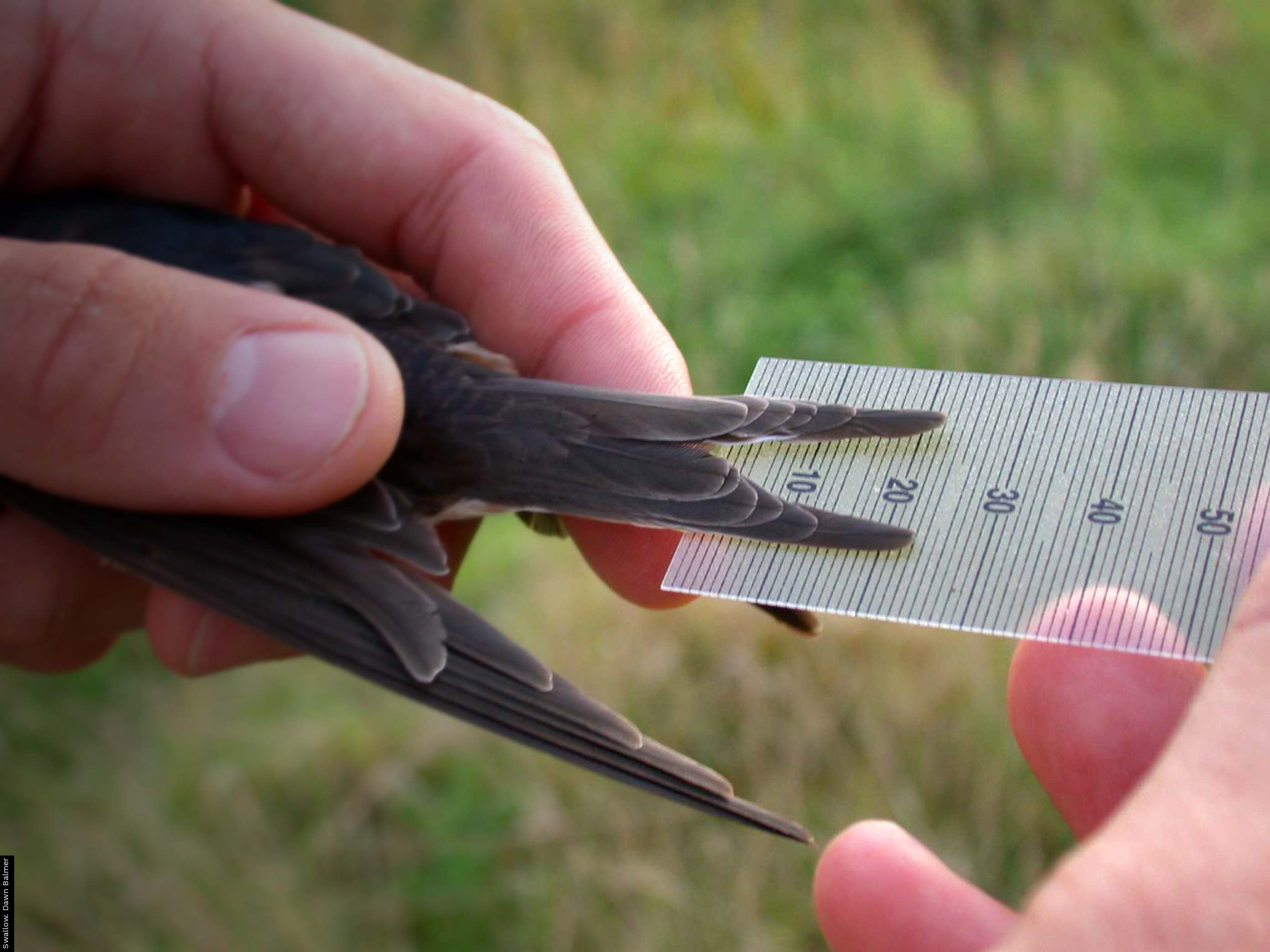




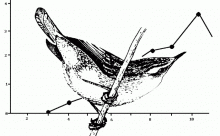

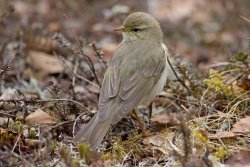


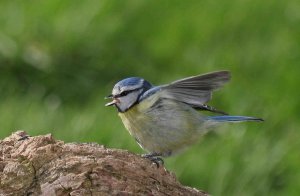
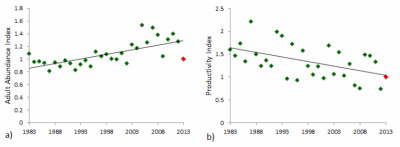
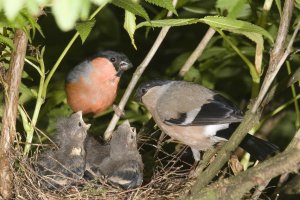
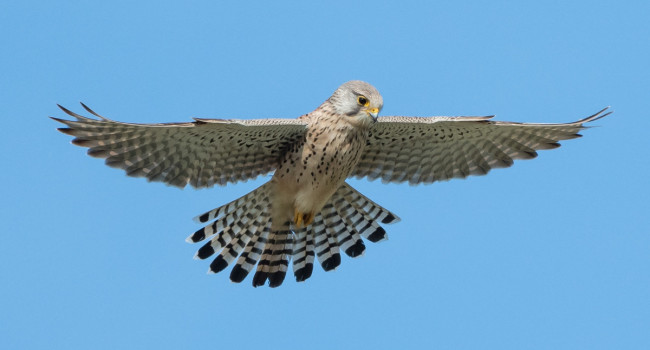



Share this page